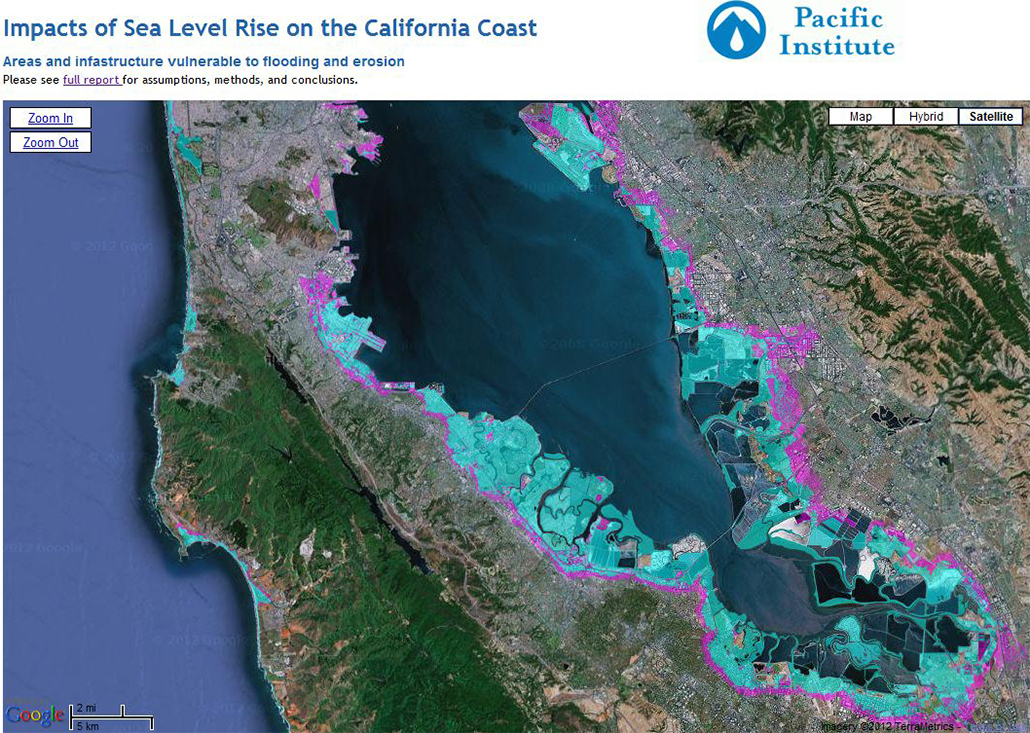Climate Action for Economic Growth: An Economic Assessment of California’s Global Warming Solutions Act
Place: California • Date: 2006 • Partner: Energy Foundation
Project Summary
California’s determined response to rising Greenhouse Gas (GHG) emissions has drawn the world’s eighth largest economy into an unprecedented policy dialogue that will influence energy and environmental decisions around the world. Within the state, we know that policies already implemented and under consideration, including the path breaking Global Warming Solutions Act, will have far reaching economic consequences, yet the sis for evidence on these effects remains weak. While no substantive mitigation policy can be without some direct and indirect costs, the benefits from greater energy efficiency and improved environmental conditions can significantly outweigh these. Thus responsible climate action assessment requires consideration of both the magnitudes and composition of adjustment costs and benefits. The primary objective of this report is to strengthen the basis of evidence in this area, particularly to contribute independent research to the policy dialog how to sustain and propagate the benefits of a more carbon-efficient future.
Main Findings
- Aggregate growth effects of AB32 on the California economy are negligible or positive
- Innovation responses could leverage climate policy and deliver significant growth dividends across the state.
- Participation in a national climate program will reduce adjustment costs and increase benefits for California.
- Individual sector demand, output, and employment can change significantly
- No significant leakage is found.
AB32 Assessment
One of the most advanced examples of such independent climate policy research capacity is the Berkeley Energy and Resource (BEAR) model. BEAR is a detailed and dynamic economic simulation model that traces the complex linkage effects across the California economy as these arise from changing policies and external conditions. The research summarize below is part of a larger effort to assess the long term implications of AB32 for the California economy.
As part of their advanced Scoping Plan and implementation activities, CARB and CalEPA organized a comparison project featuring the leading economic assessment tools applied to AB32 since its passage in 2006. These economic models, EDRAM from CARB, BEAR (reported here) from UC Berkeley, and MRN/NEEM from CRA/EPRI, have been the most prominent sources of empirical evidence supporting policy dialogue on AB32 and its many design characteristics. The intent of this exercise was to identify salient similarities and differences between approaches, the results they obtain, and resulting insights/inferences.
In particular, the three models were re-calibrated to the latest available information on AB32 component policies (see the Annex below). Implementing the three models in parallel then offers multiple perspectives on the costs and benefits of the Scoping Plan components. The BEAR model is peer reviewed and fully documented elsewhere. We summarize the main findings if its implementation here. In addition to the general macroeconomic results of the comparison project, this report is the first to provide detailed evidence on individual sector adjustments that can be expected to arise from AB32.
Most Recent Entries

California and China: Leadership for a Low Carbon Future

Roadmap on the Prospects for GMS National Scaling and GMS Regional Coordination of Agrifood Traceability Schemes









